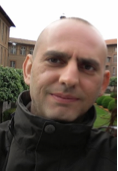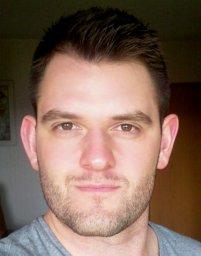

University of Vienna
Title of the talk
Thermodynamic properties by on-the-fly machine-learned potentials within and beyond DFT.
Abstract
Machine-learned interatomic potentials enable realistic finite temperature calculations of complex materials properties with first-principles accuracy. It is not yet clear, however, how accurately they describe anharmonic properties, which are crucial for predicting the lattice thermal conductivity and phase transitions in solids and, thus, shape their technological applications. In this talk I will discuss a recently developed on-the-fly learning technique based on molecular dynamics and Bayesian inference, and I will show how it can be employed in order to generate accurate force fields that are capable to predict thermodynamic properties as well as strongly anharmonic lattice dynamics. First, for the paradigmatic example of zirconia, an important transition metal oxide, I will show that our machine-learned potential correctly captures the temperature-induced phase transitions below the melting point. It can also be used to calculate the heat transport on the basis of Green-Kubo theory, accounting for anharmonic effects to all orders. In addition, I will introduce a ∆-machine learning approach that allows to train interatomic potentials from beyond-density functional theory calculations at an affordable computational cost.
In the second part of the talk I will focus on strontium titanate, a prototypical quantum paraelectric material with strongly anharmonic lattice dynamics. I will demonstrate an approach that combines machine-learned potentials with the stochastic self-consistent harmonic approximation (SSCHA) method in order to fully capture quantum and thermal anharmonic fluctuations. I will investigate the cubic to tetragonal transition characterized by the softening of the antiferrodistortive mode, and I will further show that quantum anharmonicity stabilizes the paraelectric phase.







